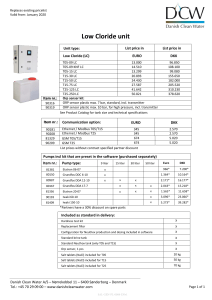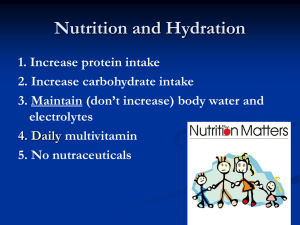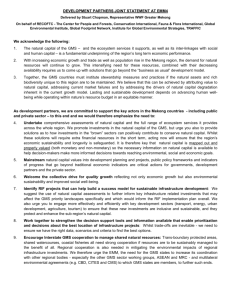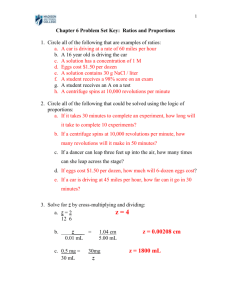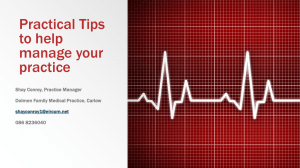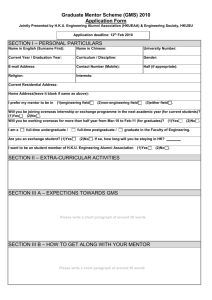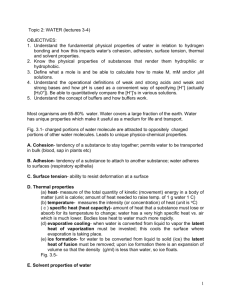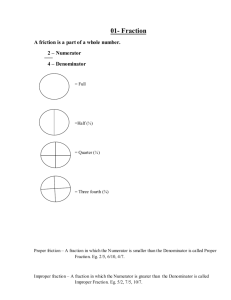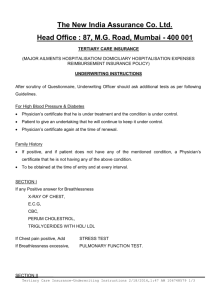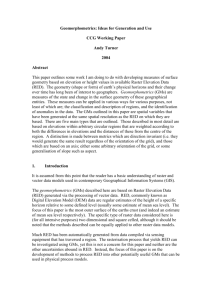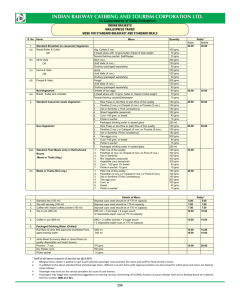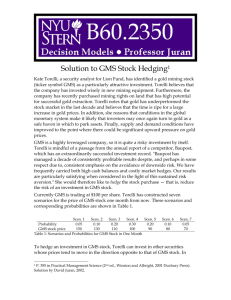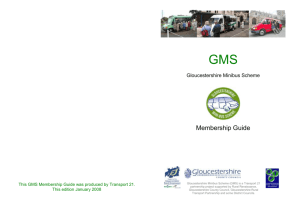Corrosion Worksheet Solutions
advertisement
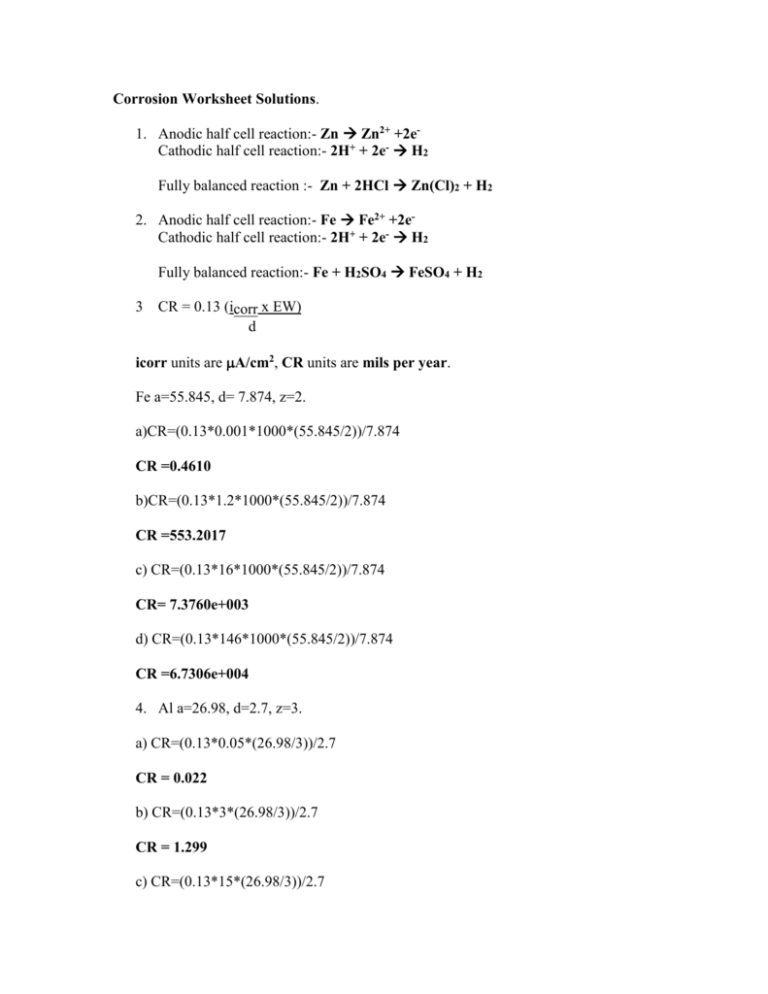
Corrosion Worksheet Solutions. 1. Anodic half cell reaction:- Zn Zn2+ +2eCathodic half cell reaction:- 2H+ + 2e- H2 Fully balanced reaction :- Zn + 2HCl Zn(Cl)2 + H2 2. Anodic half cell reaction:- Fe Fe2+ +2eCathodic half cell reaction:- 2H+ + 2e- H2 Fully balanced reaction:- Fe + H2SO4 FeSO4 + H2 3 CR = 0.13 (icorr x EW) d icorr units are A/cm2, CR units are mils per year. Fe a=55.845, d= 7.874, z=2. a)CR=(0.13*0.001*1000*(55.845/2))/7.874 CR =0.4610 b)CR=(0.13*1.2*1000*(55.845/2))/7.874 CR =553.2017 c) CR=(0.13*16*1000*(55.845/2))/7.874 CR= 7.3760e+003 d) CR=(0.13*146*1000*(55.845/2))/7.874 CR =6.7306e+004 4. Al a=26.98, d=2.7, z=3. a) CR=(0.13*0.05*(26.98/3))/2.7 CR = 0.022 b) CR=(0.13*3*(26.98/3))/2.7 CR = 1.299 c) CR=(0.13*15*(26.98/3))/2.7 CR = 6.496 d) CR=(0.13*125*(26.98/3))/2.7 CR = 54.125 5. Na – a= 22.99, Cl – a= 35.45,NaCl, and only one electron involved NaCl= 58.44, so a) 1N is 58.44 gms of NaCl in 1 liter of water, b) 0.5N is 58.44/2 or 29.22 gms of NaCl in 1 liter of water, c) 0.25N is 58.44/4 or 14.61 gms of NaCl in 1 liter of water. 6. Al – 26.98, Cl – = 35.45, Al(Cl)3, so three electrons involved, so N= molwt/3. Al(Cl)3 = 133.33 (1N is 133.3/3=44.443) a) 10N is 444.43 gms of Al(Cl)3 in one liter of water. b) 0.1N is 4.4443 gms of Al(Cl)3 in one liter of water. c) 0.5N is 22.22 gms of Al(Cl)3 in one liter of water. 7. E = Eo + 2.3(RT/zF) log aCu2+, z=2. Cu/Cu2+ Eo is 0.34V(SHE) E = 0.34 +( (2.3*8.314*348)/(2*96845.3399))*log(10) E= 0.3744V(SHE). 8. Zn/Zn2+ Eo is -0.76V(SHE), z=2. a) 0.1N E = -0.76+ 2.3(RT/zF) log (0.1) E = -0.789V(SHE) b) 10N E = -0.76 + 2.3(RT/zF) log(10) E = -0.7306V(SHE). 9. Pourbaix diagrams indicate where areas of active corrosion, immunity and passive behavior occur as a function of potential and pH. Therefore, materials like titanium and its alloys become good selections for surgical implant materials due to their extensive passive region indicated by the Pourbaix diagram. 10. The area on the Pourbaix diagram between the oxygen line and the hydrogen line is where water is stable and would continuously permit the cathodic reaction of dissolved oxygen being reduced to hydroxyl ions. Therefore the best materials to choose from these diagrams will have extensive passivity over this region.
